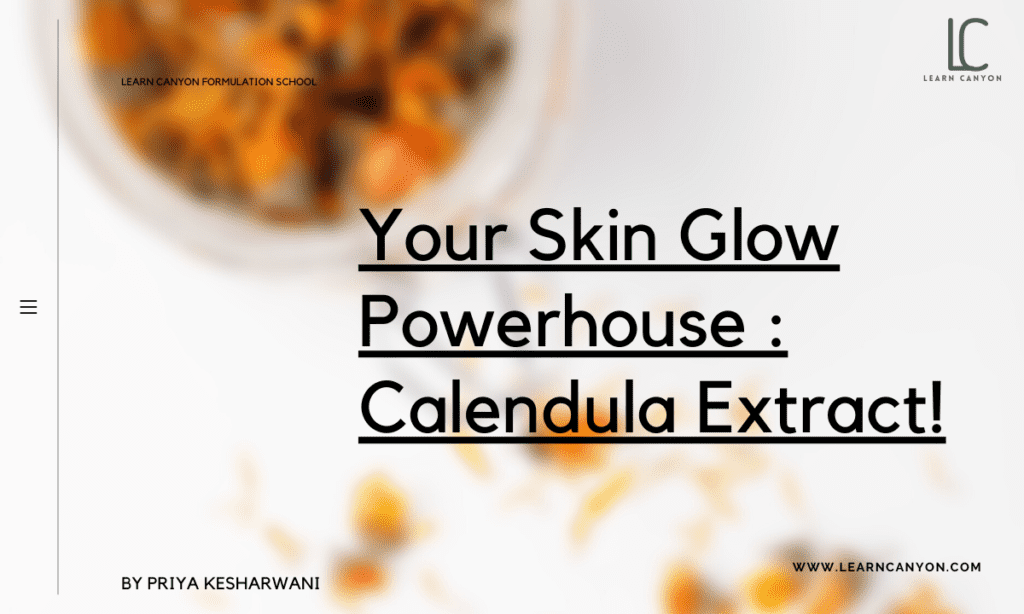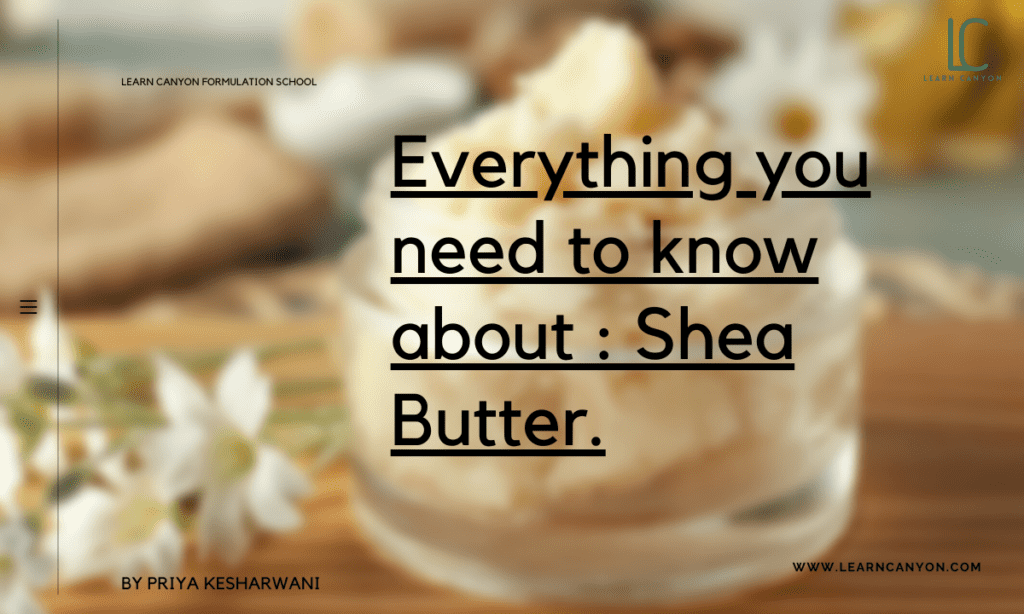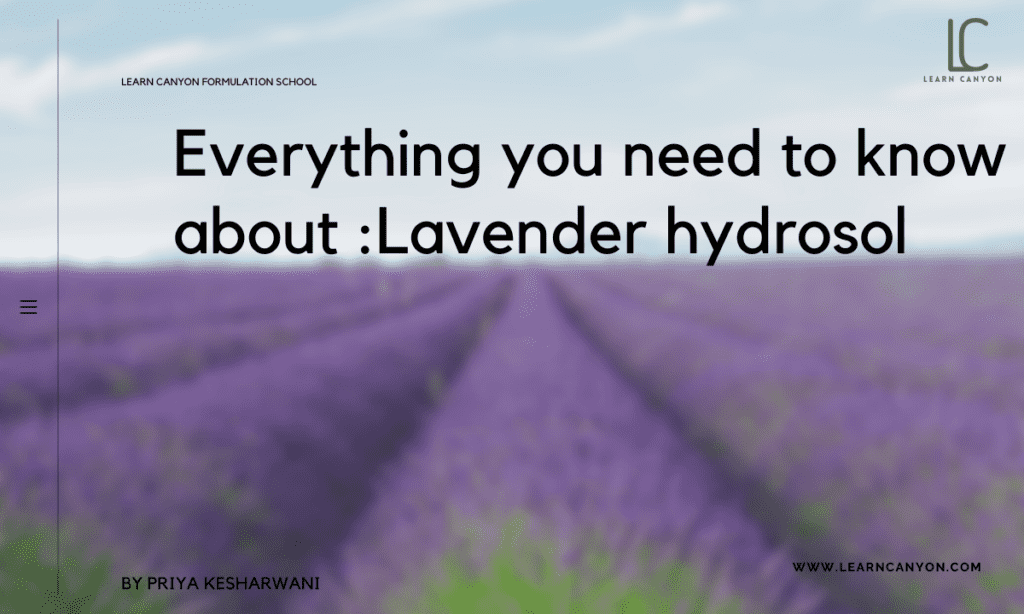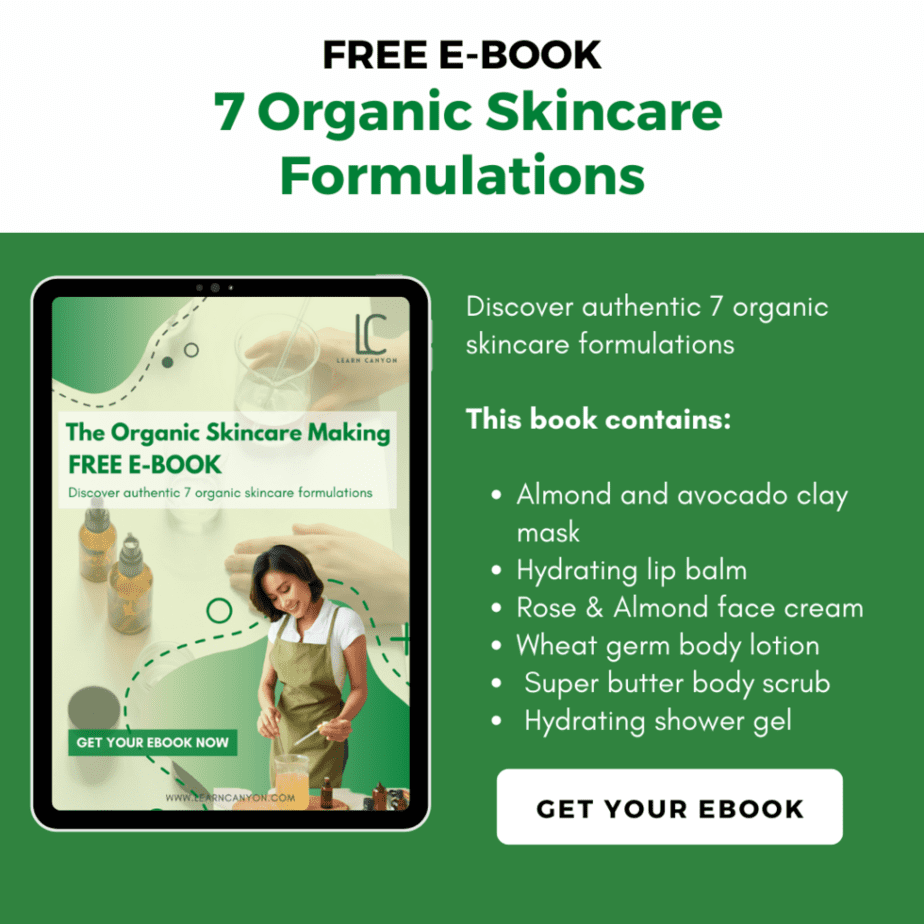
Everything you need to know about : Shea Butter

Shea Butter
When it comes to our beauty philosophy and, for that matter, our life philosophy, we believe in keeping things simple.
This could include everything from makeup techniques to nail designs to gym routines, as well as the number of items in our beauty vanity case. As beauty editors, we have a natural proclivity for acquiring an ever-increasing amount of goods (only to distress about the lack of storage space thereafter).
However, we’ve discovered that using flexible beauty ingredients like shea butter helps us to do more with less.
If you have dry skin, shea butter is one of the greatest moisturisers you can use. For a variety of reasons, shea (pronounced shay) is a common ingredient in skin and hair care products.
It offers numerous skincare benefits, especially when used in its natural and pure form, ranging from the elimination of premature facial lines and wrinkles to the alleviation of skin problems like eczema.
So, are you ready to learn everything there is to know about Shea Butter?
What is Shea Butter?
Shea butter is a fat derived from the shea tree’s nuts. It has an off-white or ivory tint and is solid at room temperature. Shea trees are indigenous to West Africa, and the majority of shea butter is still produced there.
Polyphenols — antioxidants contained in shea butter have anti-aging advantages and characteristics comparable to those found in green tea.
Shea butter also contains five important fatty acids (mostly stearic and oleic acids), as well as phytosterols, vitamins E and D, allantoin (which helps cure skin irritations), and vitamin A.
| What is it? | Shea butter is a thick, rich butter derived from the seed of the shea tree. Shea butter comes in two varieties: refined and unrefined. Shea butter that has not been refined indicates that it has been extracted and processed without the use of chemicals or preservatives. The natural aroma of shea butter has been chemically altered in refined shea butter. |
|---|---|
| INCI | Butyrospermum parkii |
| Appearance | Thick and substantial. The unrefined stuff comes in soft pieces that range in colour from beige to pale yellow. The refined stuff is a bright white colour. |
| Texture | Thick and a bit tacky or sticky. |
| Recommended Usage | 0-100% |
| Solubility | Oil Miscible |
| Melting point | 32-36°C |
| Boiling point | 175°F (80°C) |
| pH | 6 |
| Aroma | The unrefined stuff has a distinctive smokey sort of scent. The refined stuff doesn’t smell like much of its natural aroma. |
| Why do we include it in formulations? | It gives formulas tremendous lasting power and creaminess, and it's wonderful for dry skin. |
| How to work with it? | Include an oil phase of your formulation. |
| Applications | Shea butter functions as an emollient. It may aid in the softening or smoothing of dry skin. Shea butter also includes anti-inflammatory properties that can help to minimise skin edema. |
| Absorption | Slow. |
| Strength | Shea butter is an excellent moisturiser for inflamed skin. |
| Weaknesses | It is really greasy. |
| Substitution | Kokum butter. |
| How to store it? | Stored in a cool, dark, and dry place. |
| Shelf life | Shea butter should last at least one year. |
Fun Fact
| Type of ingredient | Hydrator |
|---|---|
| Main benefits | Hydrating, antioxidant, soothes irritation |
| Who should use it | In general, anyone with dry skin |
| How often can you use it? | If you don't have an allergy, you can do it once a week or whenever you wish. |
| Works well with | Other oils, cocoa butter |
| Doesn't work with | Shea butter does not appear to be affected by any additives. |
| How to use | Include in oil phase of your formulation |
Mechanisms Of Actions
“Hydration” refers to the process of absorbing moisture from the air and infusing it into your cells to boost your skin’s ability to absorb moisture and nutrients. Your skin is dehydrated if it lacks water and needs to be rehydrated. Shea butter is a popular ingredient in face and body creams for a reason.
It softens and moisturises skin by acting as an emollient. Shea butter also protects skin from environmental damage, such as pollution, because it includes multiple types of fatty acids, such as lineoleic, oleic, palmitic, and stearic acids, which enhance the skin’s natural barrier.
This causes trans-epidermal water loss by removing water from the skin. Water travels from the central layer (dermis) of the skin to the outer layer (epidermis) and subsequently evaporates.
They divided the volunteers into two groups after that. Shea butter was utilised by one group and mineral oil by another.
Benefits of Shea Butter for Skin
Dry Skin Is Moisturised: Shea butter is known for its hydrating properties. Shea’s fatty acid composition, which includes linoleic, oleic, stearic, and palmitic acids, is responsible for many health advantages.
These oils are quickly absorbed into your skin when shea is applied topically. They function as a “refatting” agent, replenishing lipids and generating moisture quickly. This helps to rebuild the barrier between your skin and the outside world, allowing moisture to be retained and lowering the chance of dryness.
Anti-inflammatory properties: –Shea butter plant esters have been discovered to have anti-inflammatory effects. Shea butter causes cytokines and other inflammatory cells to slow down their production when applied to the skin. This could reduce irritation caused by environmental factors including dry weather and inflammatory skin diseases like eczema.
Antioxidant properties: –Shea butter has a lot of vitamins A and E, thus it has a lot of antioxidant power. Antioxidants have a crucial role in anti-aging. They defend your skin cells from free radicals, which can cause premature aging and a dull appearance.
Side Effects of Shea Butter
“Many acne-prone individuals are afraid of clogging their pores by over-moisturizing,” Chang explains. “Shea butter is non-comedogenic and shouldn’t clog pores.” “Shea butter should be avoided if you have a tree nut allergy.”
How to use it in formulation?
Include an oil phase of your formulation.
Work well with other ingredients
Because shea butter is normally a thick solid at room temperature, it works best when combined with other ingredients to make it easier to spread.




